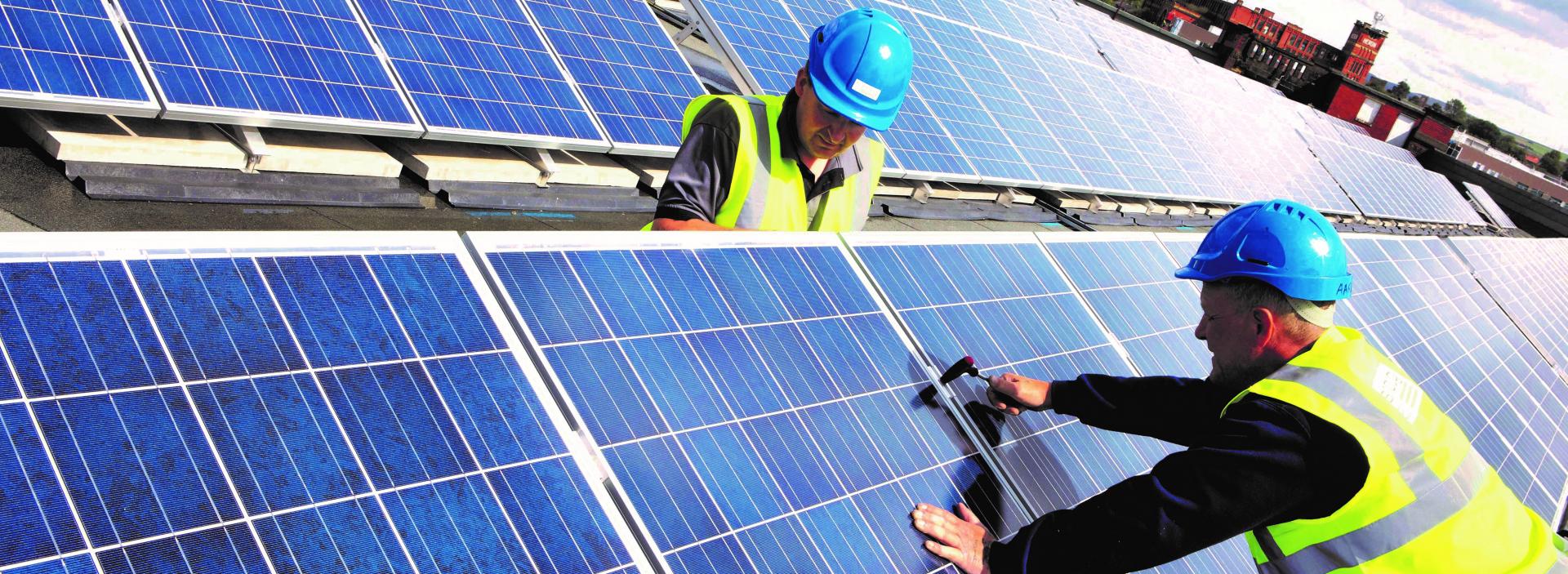The Future of Solar + Storage Is Here!
Tuesday, Mar 06 2018

We’ve heard for years that integrating storage technologies with solar infrastructure can ensure around-the-clock reliability.
That future may be closer than we think, particularly after two major federal developments in the last few weeks that will support the long-term investment and development of energy storage in the U.S.
This past Friday, the Internal Revenue Service (IRS) determined that residential energy storage systems are eligible for the 30 percent solar investment tax credit when they are charged entirely from an onsite solar array. This ruling likely opens up an opportunity for storage technologies in the residential solar sector. We’d like to see clarity on how this could be broadened to additional solar projects.
The IRS ruling comes just a couple weeks after another major federal development for storage.
The Federal Energy Regulatory Commission (FERC) last month unanimously approved an order on energy storage participation in wholesale power markets. The orders direct regional grid operators to establish rules allowing storage resources to provide multiple electricity market services, as well as set power market prices as purchasers and sellers of energy.
FERC specifies that those rules must:
- Allow storage to provide energy, capacity and ancillary services;
- Allow storage to set wholesale market prices as a buyer or seller of electricity;
- Respect the operational characteristics of storage, such as discharge duration or state-of-charge requirements, and;
- Set a minimum size for market participation not more than 100 kW.
These developments change the landscape for energy storage and level the playing field in a way that allows the technology to integrate and compete with generators and other grid resources.
As part of SEIA’s new strategic vision, storage is a key point of focus as we work to make solar the single largest source of new electricity generating capacity over the next decade. While solar works just fine without storage, solar plus storage can help reduce the need for massive investment in other sources of power and lead to cleaner and more affordable energy.